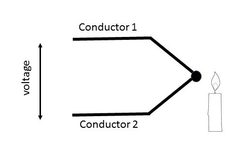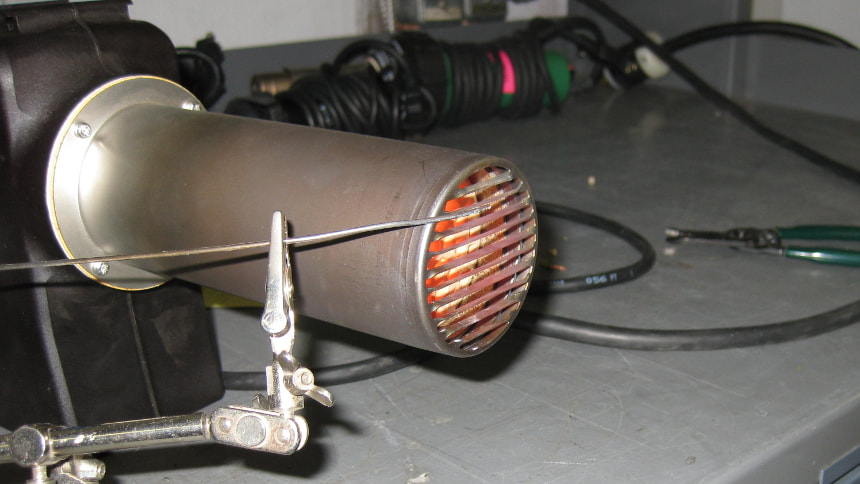|
Thermocouples are widely used to measure temperature in industrial processes. In this article we will explain how a thermocouple works, when you should use one, and some best practices for use.
How does a thermocouple work?
A thermocouple consists of two different conducting metals joined at one end and uses the Seebeck effect to measure temperature. The Seebeck effect is where a conductor will generate a voltage when subjected to a temperature gradient. By using dissimilar metals the Seebeck effect will result in a measurable generated voltage at the unjoined end of the thermocouple which can then be converted to a temperature reading using specialized calibrated equipment such as a temperature controller or thermocouple meter.
There are several types of thermocouples which couple different conductors, this gives different measurement characteristics to each type. The most common types are J, K, T and E. The choice of thermocouple type depends firstly on the temperature range required and then on the operating environment.
There are some good sources for more detailed information on thermocouples in the “Further Reading” section at the end of this article. When should you use a thermocouple?
A thermocouple can be used whenever a temperature either needs to be displayed or controlled but there are other options that could be considered: RTDs and Thermistors.
Both RTDs and Thermistors use a material change in resistance with temperature as the basis for temperature sensing. RTDs use a metal wire wrapped around a core or embedded in a thin film and thermistors use semiconductor material. The table below shows a comparison of the performance of three types of devices; devices are ranked from 1 to 3 with 1 being the best option for each criteria.
At STANMECH we largely use thermocouples. This is because our applications generally require a robust device that can withstand industrial processes, the higher temperature range, and the cost. For our applications the additional sensitivity and stability offered by RTDs and thermistors are not required as the accuracy that can be achieved with hot air is within the capability of thermocouples.
Thermocouple Best Practices
Further Reading
OMEGA Engineering Technical Reference: Introduction to Thermocouples
National Instruments: How to guide for most common measurements Originally published: 4/17/2015 Comments are closed.
|
|
STANMECH Technologies Inc.
944 Zelco Drive Burlington ON L7L 4Y3 | 1-888-438-6324 | [email protected] Terms of Use Privacy Terms and Conditions of Sale Warranty Policies |
|
Proud Member of:


